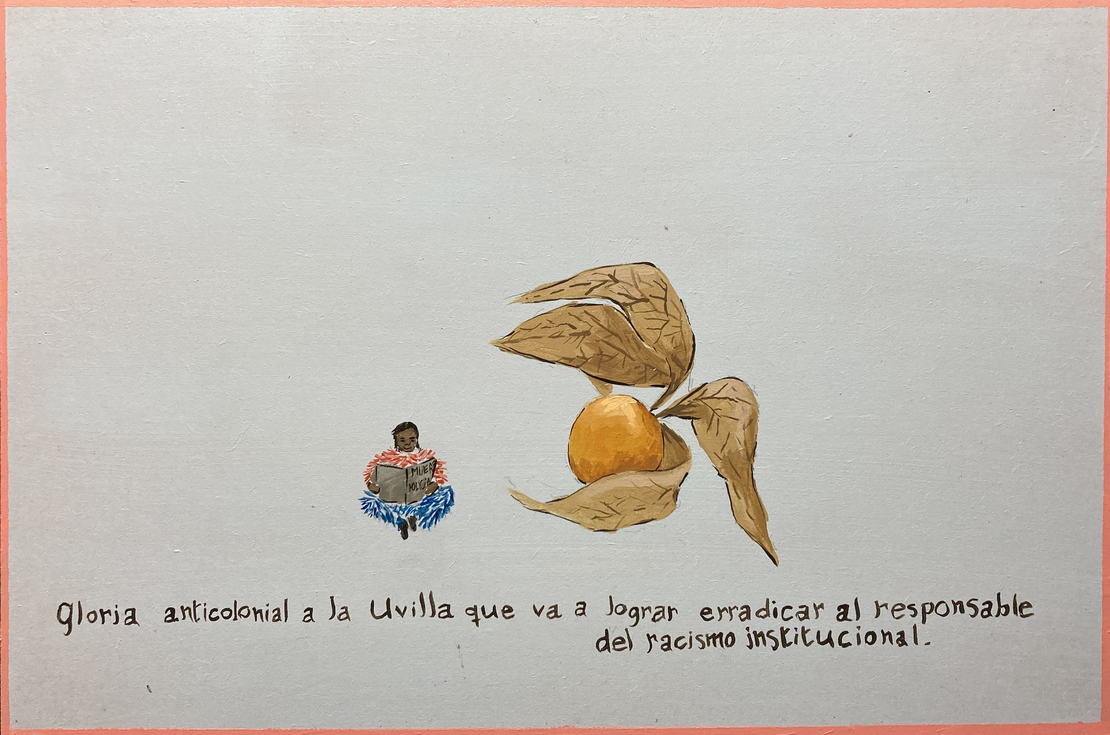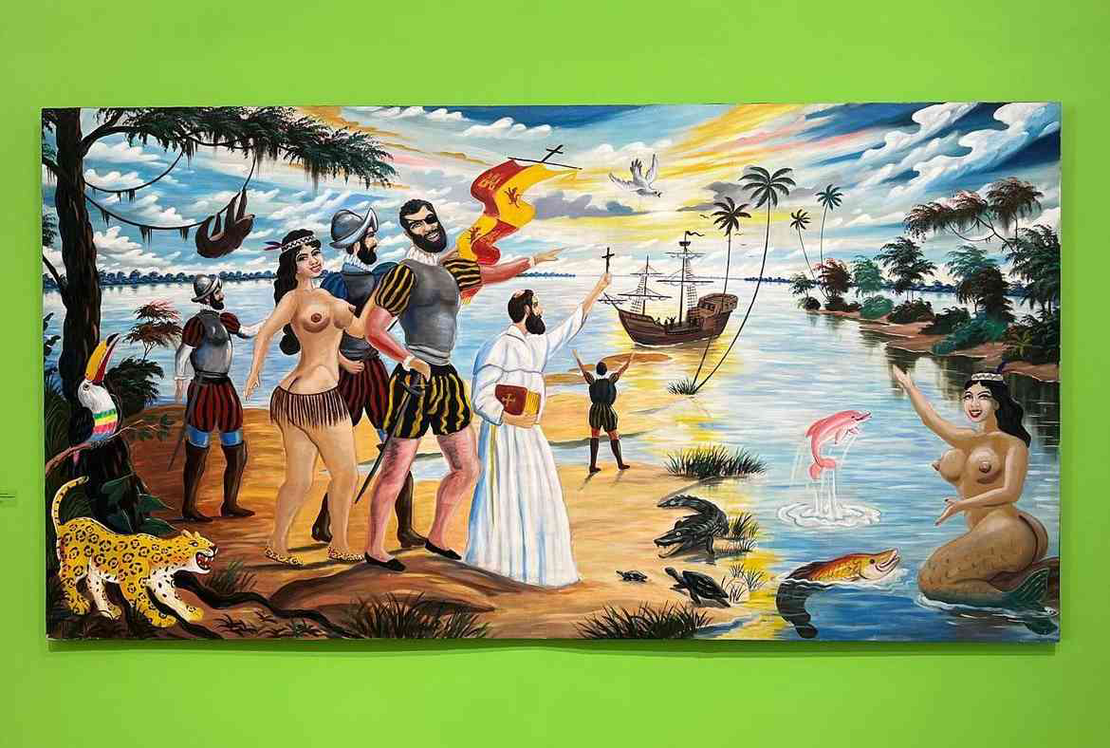Abstract
The Spanish were the first to establish colonies in Abya Yala. They did so with several objectives in mind. They wanted to convert Abya Yala’s inhabitants into subjects of their monarchy, force them to work for their king, demanding them to pau tangible tribute through gold or other valuable objects, in exchange for receiving “protection” from the Spaniards, and “salvation” through Christianity.
A few decades after Columbus’s voyages, other European empires followed the Spanish example, each adding their own version of dispossessions. At first, both the Spanish and the Portuguese not only enslaved Original Peoples but also kidnapped and traded them from one region to another of Abya Yala. This series of clashes and cataclysms led to what the essay by Gwendalynn Roebke calls a loss of coherence between Mind, Agency, Identity and Narrative (MAIN), which most likely represent one of the main causes for the population collapse that Original Peoples suffered the Original Peoples of the American continent.
Many Africans and Afro-Iberians, mostly men, accompanied the Spanish and Portuguese on their early incursions in the 16th century. As the Original Peoples’ population plummeted and the demands of forced labor in mining and plantation economy increased, in order to complement Indigenous’ labor force, they expanded the Transatlantic Trade in Captive Africans. These processes deformed and injured, since then, the world’s social, economic and political dynamics, until the present. By the 17th century, the population trends of many Original Peoples had begun recovering, only to continue suffering new levels of violence and dispossession.
This section addresses the Population losses in Abya Yala and offers links to various external website, so users learn about the complexity of several medieval African states and kingdoms, as well as the scope and impact of the Transatlantic Trade of Captive Africans to the Americas. These websites complement the content of the DIA Curriculum.
Lesson 5. Impact of early forms of Dispossession.
Estimating Population loss and the Ongoing Aftermaths of Colonization.
Amazonía Santiago Yahuarcani, Peruvian artist.
The Cover-up of the Statue of Christopher Columbus, Joiri Minaya, Dominican artist.
Lesson 6. Africans States and Kingdoms. Trans-Atlantic Trade of Captive Africans to the Americas. For research on these topics, we suggest, among others, the following external sources.
https://www.africamuseum.be/en/discover/history_articles/kongo-kingdom
https://www.bu.edu/africa/outreach/teachingresources/history/ancient-to-medieval-history/kingdoms/
Tierra de Nadie or No Man’s Land Carlos Martiel, Cuban artist. Educators and students are invited to reflect on the possible connections between trafficking and the colonial European project that most of Western Europe imposed on most of the African continent at the Berlin Conference in 1884.
, Jaider Esbell (1979-2021). Brazilian artist, 2016.](/images/content/Laurent-PerraultE004/image1_huf5c0c7c222d38e143731867b2ea7f786_667170_1110x0_resize_lanczos_3.png)




